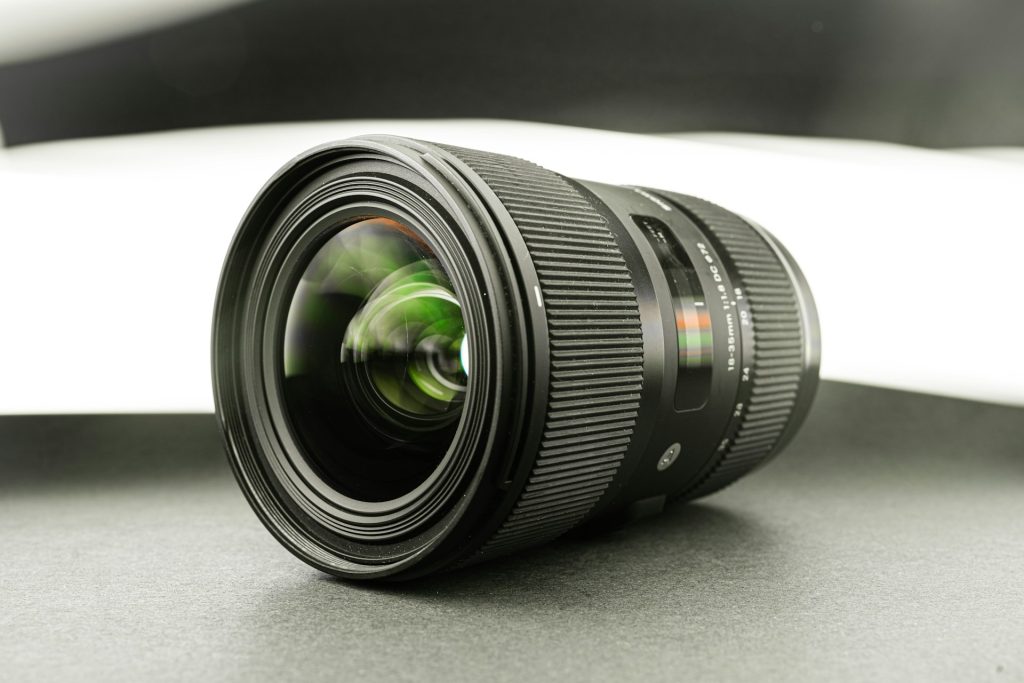
A lens is a complex optical structure in cameras that helps to refract light onto sensors in a desired way. To achieve the desired results, lenses have to be modified into various forms that fit users’ needs. Hence, there is a need for different lens types.
Types Of Camera Lenses
Camera lenses can be categorized into different types based on the existence or degree of existence of the general features of lenses, such as zoom, wide field of view, and more. Here are some commonly used types of lenses.
Wide-Angle Lenses and Ultra-Wide-Angle Lenses
Wide-angle and ultra-wide-angle lenses have wider fields of view than standard lenses, but the wide-angle lens is more moderate. Wide-angle lenses help to emphasize size at close range, while ultra-wide-angle lenses create panoramic images where the proportion of objects is not balanced. Ultra lenses are suitable for interesting architectural photography, while wide lenses are more suited to landscape photography.
Zoom Lenses and Prime Lenses
A prime lens is any lens that has a fixed focal length, while a zoom lens is a lens that can assume any focal length within a specific range. The absence of a zoom function makes prime lenses much more simple in design and, therefore, less expensive than zoom lenses. Zoom lenses are more convenient because they allow photographers to fit fewer or more objects from their field of view without having to change lenses.
Telephoto Lenses
Telephoto lenses are lenses with enhanced zooming abilities built for accurately capturing faraway objects. These lenses are designed with long focal lengths (up to 80mm), allowing them to provide a compression effect (making distant objects seem close) in a narrow field of view. Telephoto lenses are excellent choices for sports, wildlife, and even astrology.
Standard Lenses
A standard lens is designed to fulfill the basic needs of photography, and as such, it is quite versatile. Most standard lenses have a focal length similar to that of the human eye (about 50mm), producing more familiar images. A standard lens is quite suitable for documentaries and everyday photography.
Macro Lenses
Similar to how telephoto lenses are adept at distant photography, macro lenses deliver the best results at close range. Macro lenses have the highest magnification ratio in lenses (up to 1:1), making it possible to capture as many details from the object with minimal distortion. Images from a macro lens are sharp and clear, with a flat field of focus. Macro lenses are useful in wildlife for capturing insects and small animals in their habitat, as well as for scientific imaging.
Tilt-Shift Lens
Tilt-shift lenses combine tilting and shifting features to create cameras that can adjust your field of view without moving the body of the camera itself. The shift feature alters the plane of view by changing the relative position of the lens and the sensor, while the tilt feature changes the lens’ plane of focus. These cameras are designed with two knobs so that photographers can accurately control the degree of effect of both features. Tilt-shift lenses have favorable designs for architectural and landscape photography.